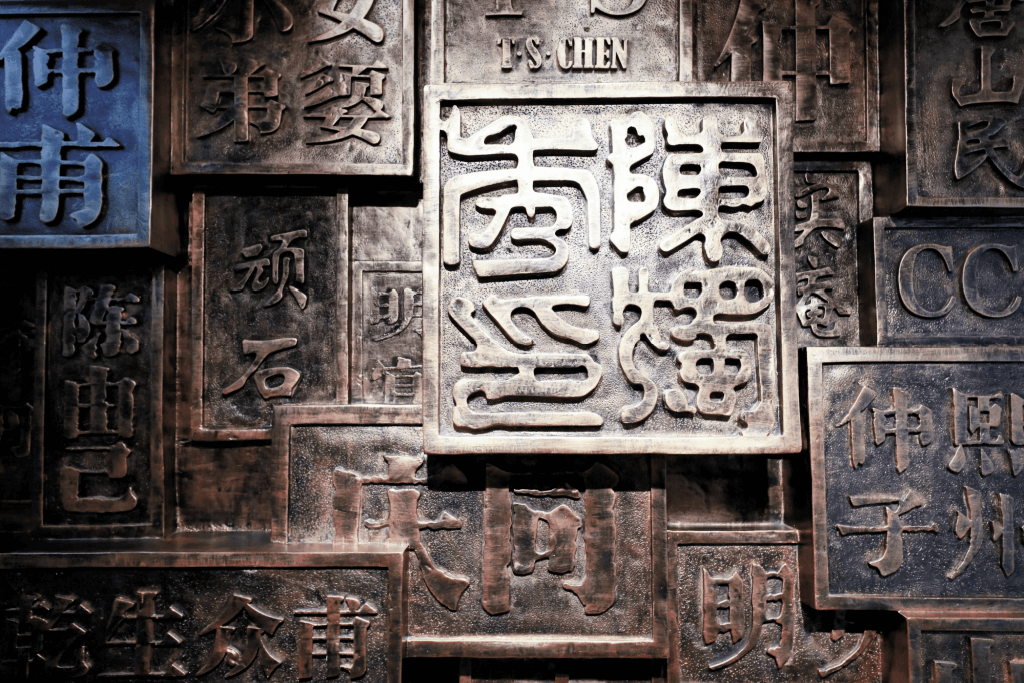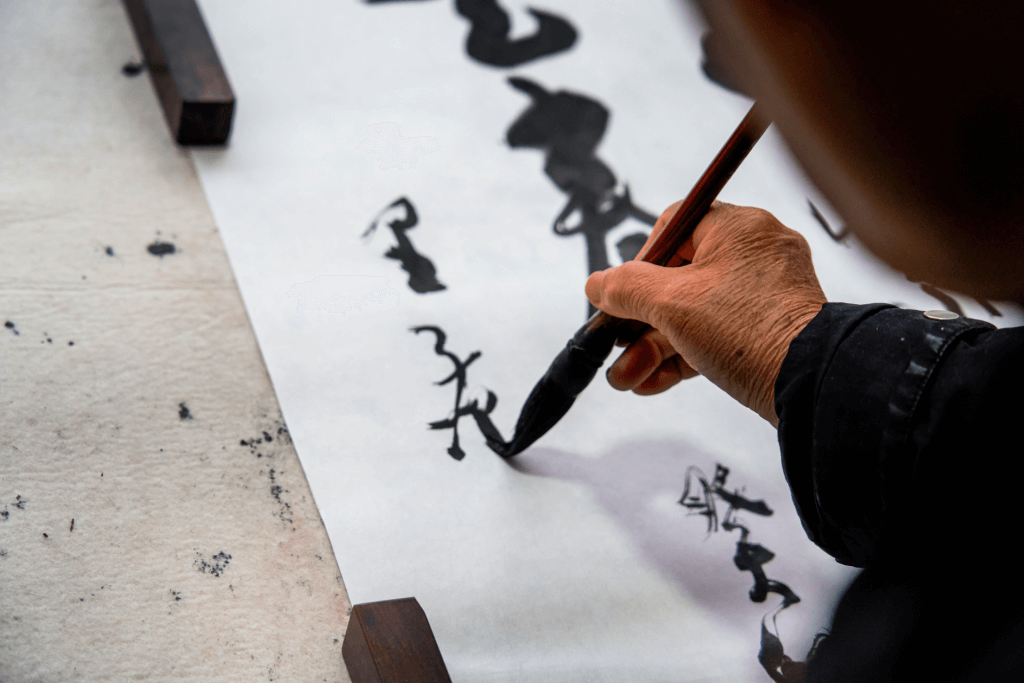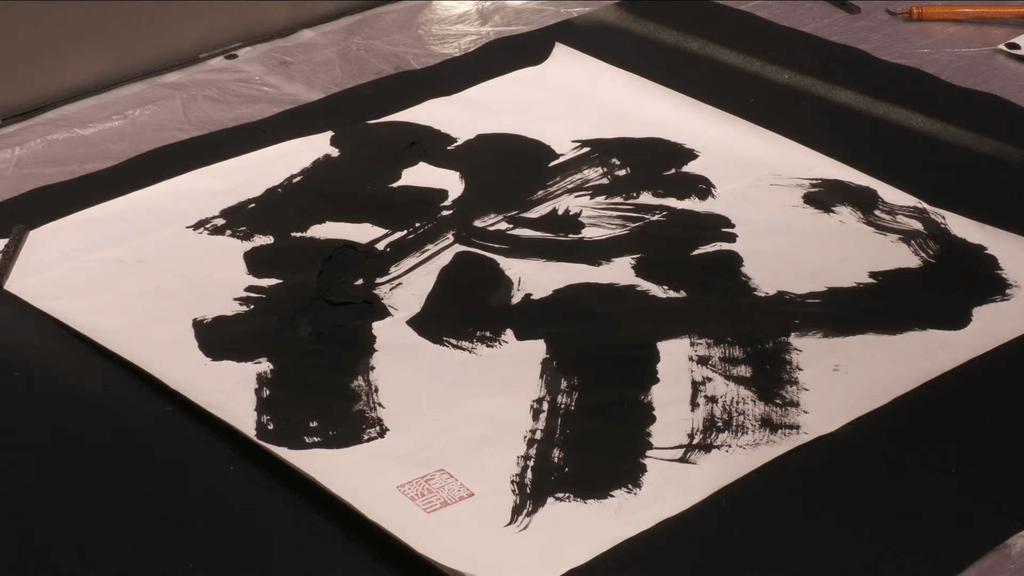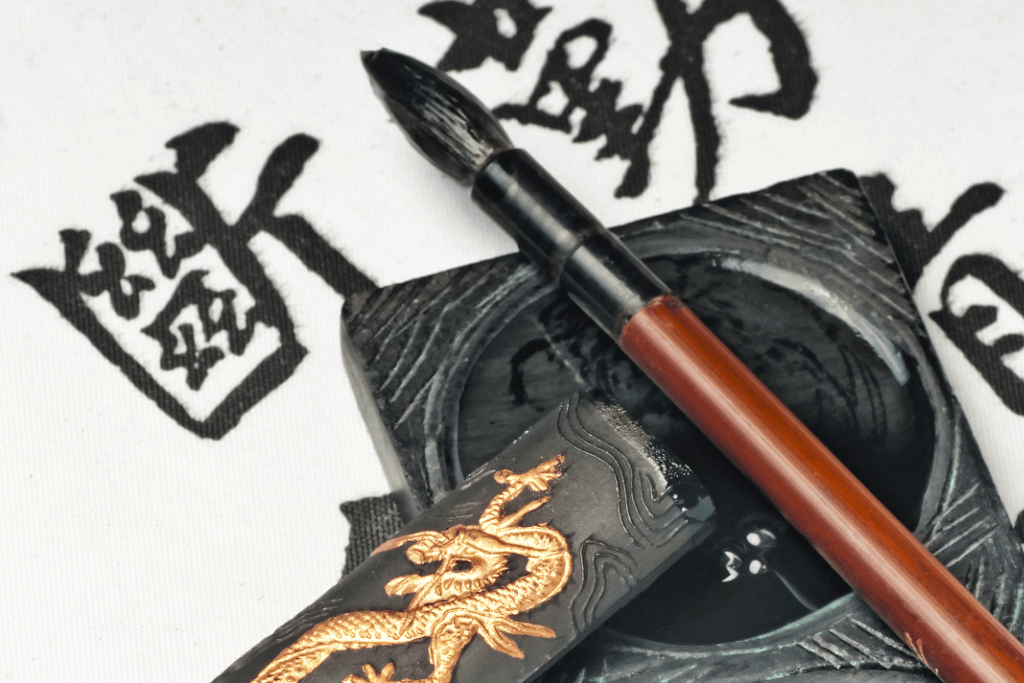Shodo is a beautiful art form in Japanese culture. Also known as Japanese calligraphy, It celebrates the written word through graceful strokes, reflective meanings, and artistic expression. It’s a way to capture the essence of words and symbols with ink and brush. We’ll guide you through the deep world of shodo, its origins, what you need to start, and even a Japanese tradition known as the “Kanji of the Year.”
Table of Contents
ToggleWhere did shodo come from?

Shodo means “the way of writing”. It has its roots in ancient China, known as shufa. The Chinese script was the foundation for Japanese calligraphy, and it came to Japan around the 6th century, mainly through Buddhist texts and sutras. Over time, the Japanese adapted and developed their unique style and characters. This distinctive evolution in style is present in the elegance and artistic practice of modern-day shodo. Japanese calligraphy has five individual writing styles, each with its unique traits:
Seal Script (Tensho – 篆書)

The tensho style, famous for its clear and bold strokes, was primarily for titles of published works and inscriptions in Japan. The first known use of tensho in Japan dates back to 57 AD when the Chinese emperor presented a golden seal to a local ruler near Fukuoka Prefecture. During Japan’s Nara period (646–794), the Torige Tensho Byobu, a six-paneled screen that delivered advice to a ruler, featured tensho.
Clerical Script (Reisho – 隷書)
Reisho is a calligraphic script that has a bold and commanding style. Initially used for plaques, signboards, and titles in Japan, it gradually evolved into a recognized calligraphic art form during the Edo period (1603–1868). Its distinct appearance and artistic qualities made it appreciated beyond its functional use.
Regular Script (Kaisho – 楷書)
Like Roman block capitals, Japan’s kaisho script was influenced by Chinese kaisho during the Sui and Tang dynasties. Early examples of kaisho in Japan are in temple inscriptions dating back to the Heian period. Over time, Japan’s version of kaisho incorporated elements of the gyosho style, becoming uniquely Japanese. Generally, kaisho’s primary purpose in Japan was to copy Buddhist texts.
Semi-Cursive Script (Gyosho – 行書)

Gyosho, a cursive version of kaisho, was practiced alongside reisho. It features a softer and more rounded technique, avoiding sharp corners and angles. During the early Heian period, many works used the gyosho style. This style also meshed well with kanji characters and hiragana, becoming a popular and fluid writing style.
Cursive Script (Sosho – 草書)
Sosho originated during the Han dynasty, and scribes often used it for notetaking on bamboo and wooden strips. It features many strokes that end with a sweeping motion to the upper right, resembling breaking waves. While the exact date of its introduction to Japan is unclear, Kukai, a famous Japanese Buddhist monk and scholar, brought back texts written in the Sosho style from China during the early Heian period.
Are you looking for some amazing snacks this year? Check out Sakuraco! Check out Sakuraco! Sakuraco sends traditional Japanese sweets & snacks from across Japan to your door so you can explore traditional Japanese taste at your convenience!


What materials do I need to do shodo?
You’ll need a set of essential materials to start your journey into Japanese calligraphy. These include a bunchin paperweight to keep your paper in place, washi paper designed for calligraphy or hanshi, and a smooth writing surface. However, artists may place a larger sheet of paper on the ground for more significant works or performances.

You also need a fude brush crafted from animal hair or synthetic fibers. Shodo brushes come in various shapes and sizes and are typically use animal hair bristles. These bristles commonly come from animals like goats, sheep, and horses. Additionally, brush handles can use wood, bamboo, plastic, or other suitable options.
An inkstick is ground against a suzuri inkstone is used. Water is added to an inkstone, and grinding mixes the water with the dry ink, turning it into a liquid. This can be time-consuming, so beginners often use ready-made liquid ink. However, more experienced students are encouraged to grind their ink.
Is shodo popular?
Shodo is a prevalent art form in Japan, enjoyed by people of all ages, from school students to older people. It’s not limited to Japan alone; tourists often try calligraphy to immerse themselves in Japanese culture. The popularity of shodo extends beyond borders, with many appreciating the art’s depth and beauty.
It’s a common hobby, especially for young students. Elementary and junior high school students often attend shodo classes, as it helps children focus and sit still, something parents are grateful for! Calligraphy is also a popular club activity in junior and senior high schools, and it has seen a rise in popularity with the introduction of performance calligraphy.
What is the “kanji of the year” tradition in Japan?
Since 1995, Japan’s “Kanji of the Year” tradition has chosen characters that reflect the nation’s mood. In 2020, the chosen character was “密” (mitsu), symbolizing “secret” and “close”. This selection referred to the government’s “san mitsu” guidelines, avoiding close spaces, crowds, and close contact during the COVID-19 pandemic.

The following year, “金” (kin), meaning “gold” and “money,” was the Kanji of the Year. This decision celebrated the Tokyo 2020 Olympics and Paralympics, where Japanese athletes succeeded. 2021 also introduced new banknote designs and a 500-yen coin, making 金 an excellent choice to mark the year!
These annual selections, announced on Kanji Day (December 12) at Kiyomizu Temple, offer a view into Japan’s evolving culture and society, reminding us that language and culture continue to adapt and reflect the experiences and values of each passing year.

Overall, the art of shodo is a journey into the beauty of the written word. Its evolution in Japan has become a cherished tradition for people of all ages. The materials used in shodo, the widespread popularity of the art, and its role in special occasions like the “Kanji of the Year” highlight its cultural significance. Explore its artistic depths, and try your hand at this art! Have you ever tried shodo before? How did you like your experience? Let us know in the comments below!









